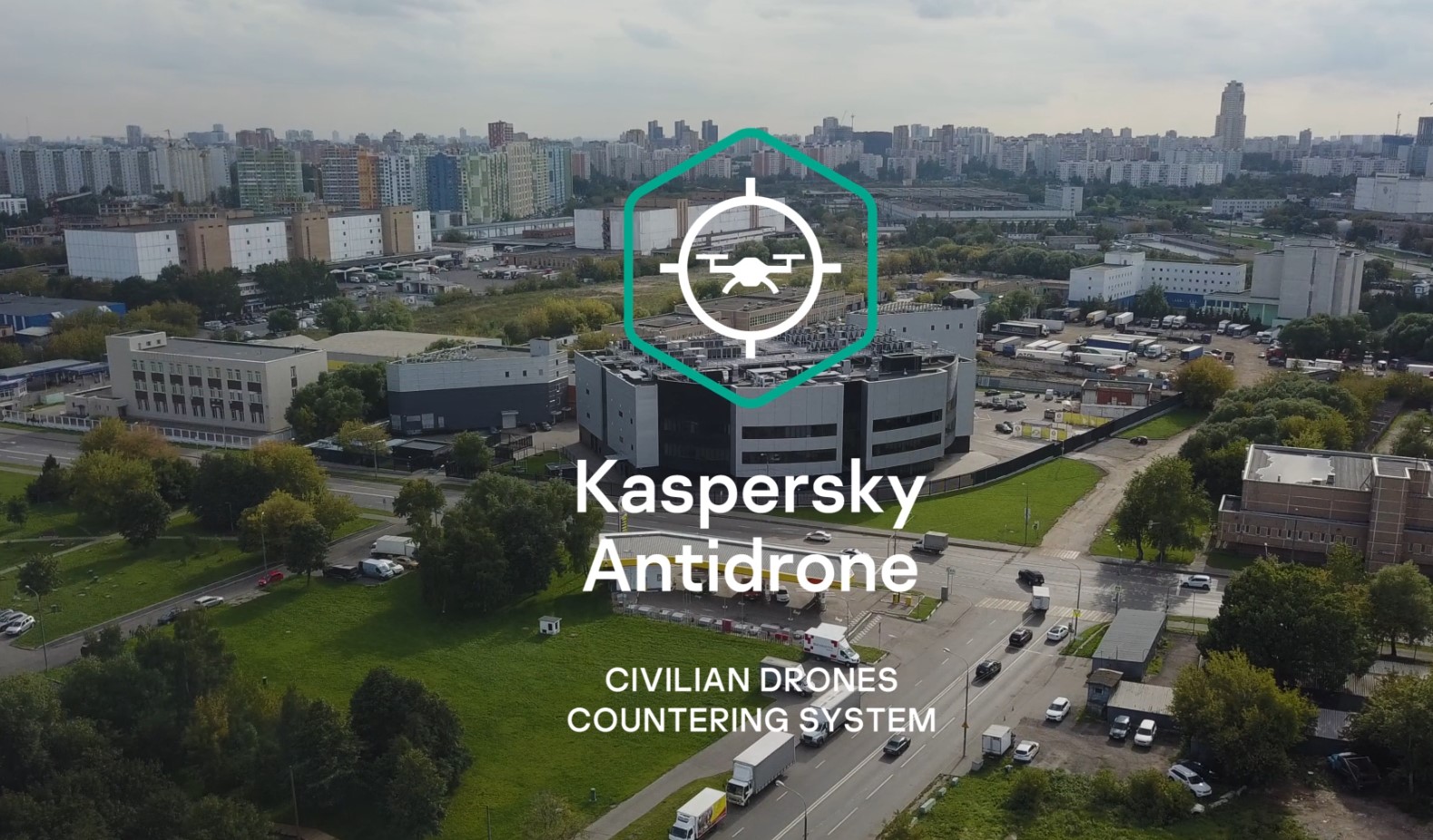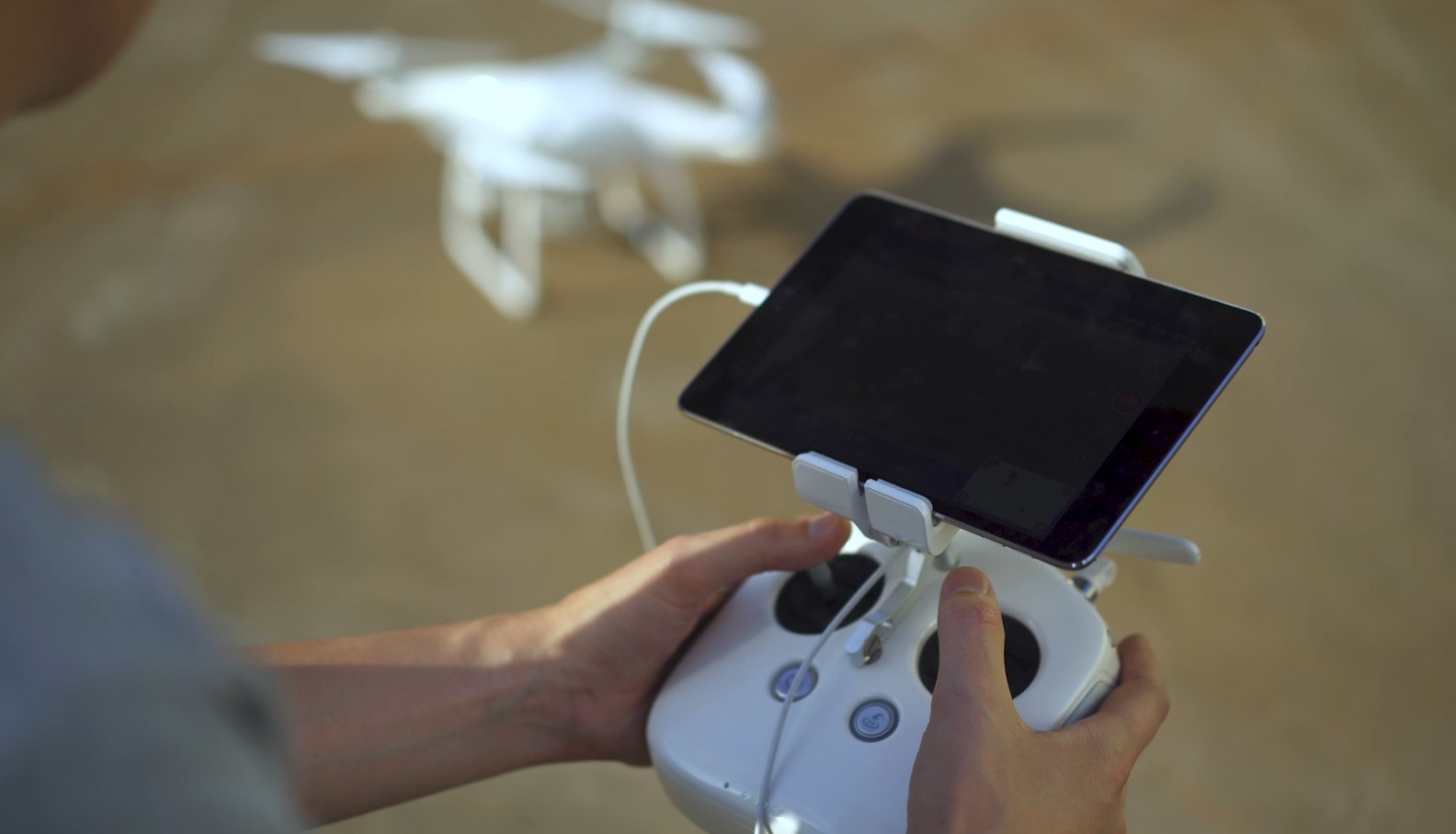
Back in December 2018, one of the most notorious drone cases happened at Heathrow and Gatwick airports. Drones were flown in restricted airspace which resulted in significant disruption to flight operations.
That same year, the global drone market was estimated to be worth $14 billion and is expected to reach $43 billion by 2024. While drones have many legitimate uses, there are, unfortunately, a small minority that tries to use them for nefarious purposes. Most planes are designed to withstand bird strikes but were never designed to withstand impact from a drone. This means anti-drone technology is quickly becoming a big industry in itself.
In Australia, we have regulations from CASA that mandate you can not fly a drone within 5.5 km of a controlled aerodrome or airfield (usually those with a control tower) if your drone weighs more than 100g.


Some more advanced drones help amateur users assistance out of the box, with the manufacturer automatically restricts your ability to fly into these geo-restricted zones, however many drone makers (including home-built drones) do not have this level of sophistication. If you’re a drone owner and don’t know the locations you can fly in, please visit https://wing.com/opensky/
Protecting critical infrastructure requires a deliberate and precise response that ensures there are options to take down drones, in the event, they are used by rogue operators to break the rules and threaten our safety.
Drones are typically small, fast and highly manoeuvrable, which means shooting them with bullets is definitely off the table. Thankfully security companies like Kaspersky are working on the problem with a technology-based solution, rather than a military one.


Kaspersky’s Antidrone technology uses jamming, sending out a type of ultrasound signal that disrupts the drone’s connection to the pilot’s controller, or to the GPS satellites it was using for guidance. This can make the drone believe it is at a different altitude which typically causes the drone to land or return back to the take-off location.
The solution comes in both a mobile and stationary versions, protecting both permanent locations like football stadiums, airports etc, while a portable version could be used to defend temporary events like political meetings of state or nation leaders.
The stationary version of Kaspersky Antidrone offers a detection range of between 50 metres, up to a massive 800 metres. CASA regulations also require users to keep a line of sight to their drone, so if you’re at all paying attention to that, you won’t be 800 metres away from it.
The jamming range is up to 600 metres and works across a range of standard frequencies used by drones, 900MHz, 1.2GHz, 2.4GHz and 5.8GHz.
Once the signal is disrupted, the drone may land, which can then be retrieved by the authorities and be used to get further data to help identify the offending pilot. An onboard SD-card may contain recordings from previous flights or even the face of the pilot, so getting physical access to the drone can definitely help identify rogue actors.
Like most things in information security, this is an arms race between the good guys and the bad guys and right now at least, it seems the good guys have solutions that will keep us safe.


More information available at Kaspersky.




